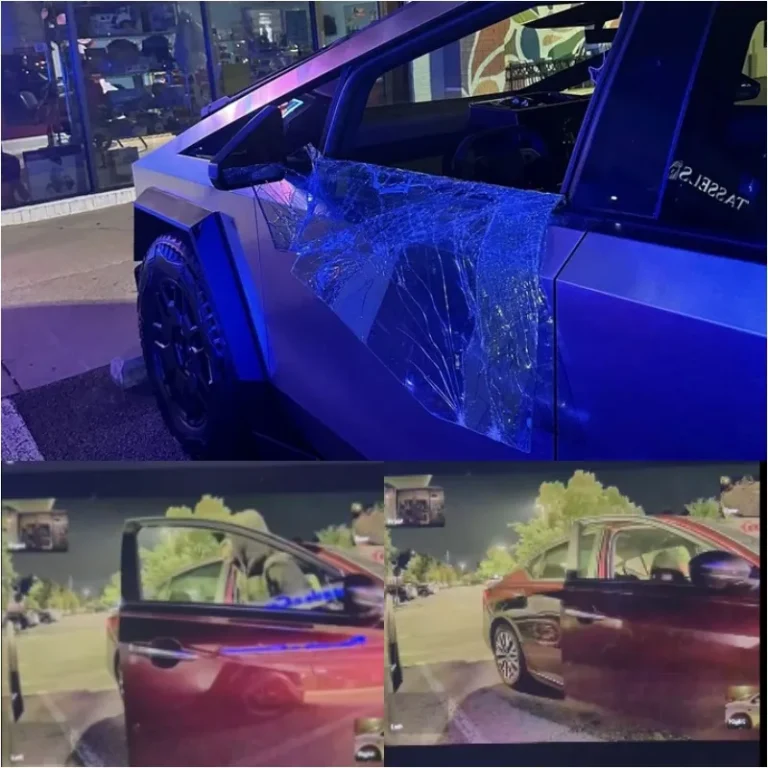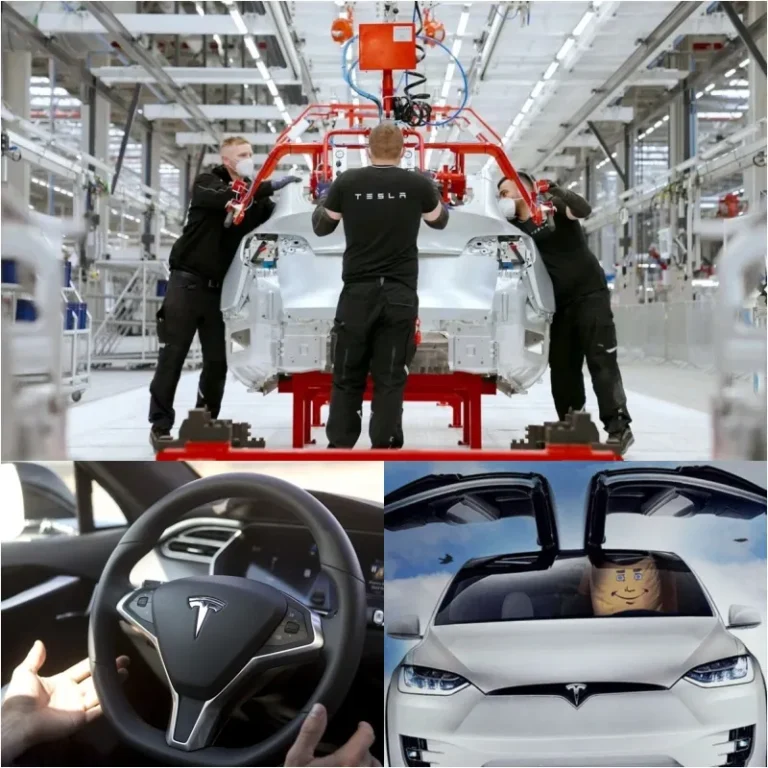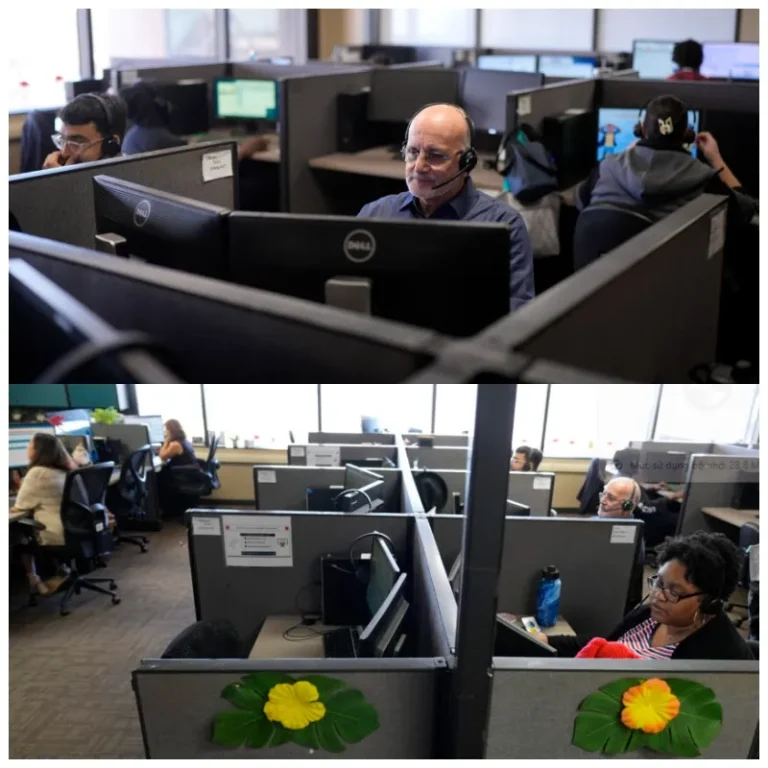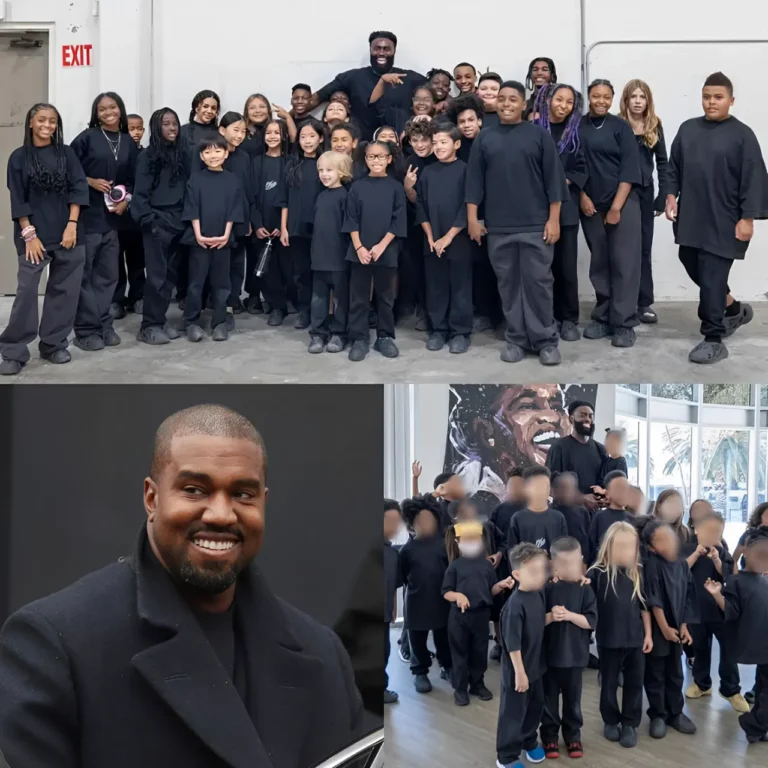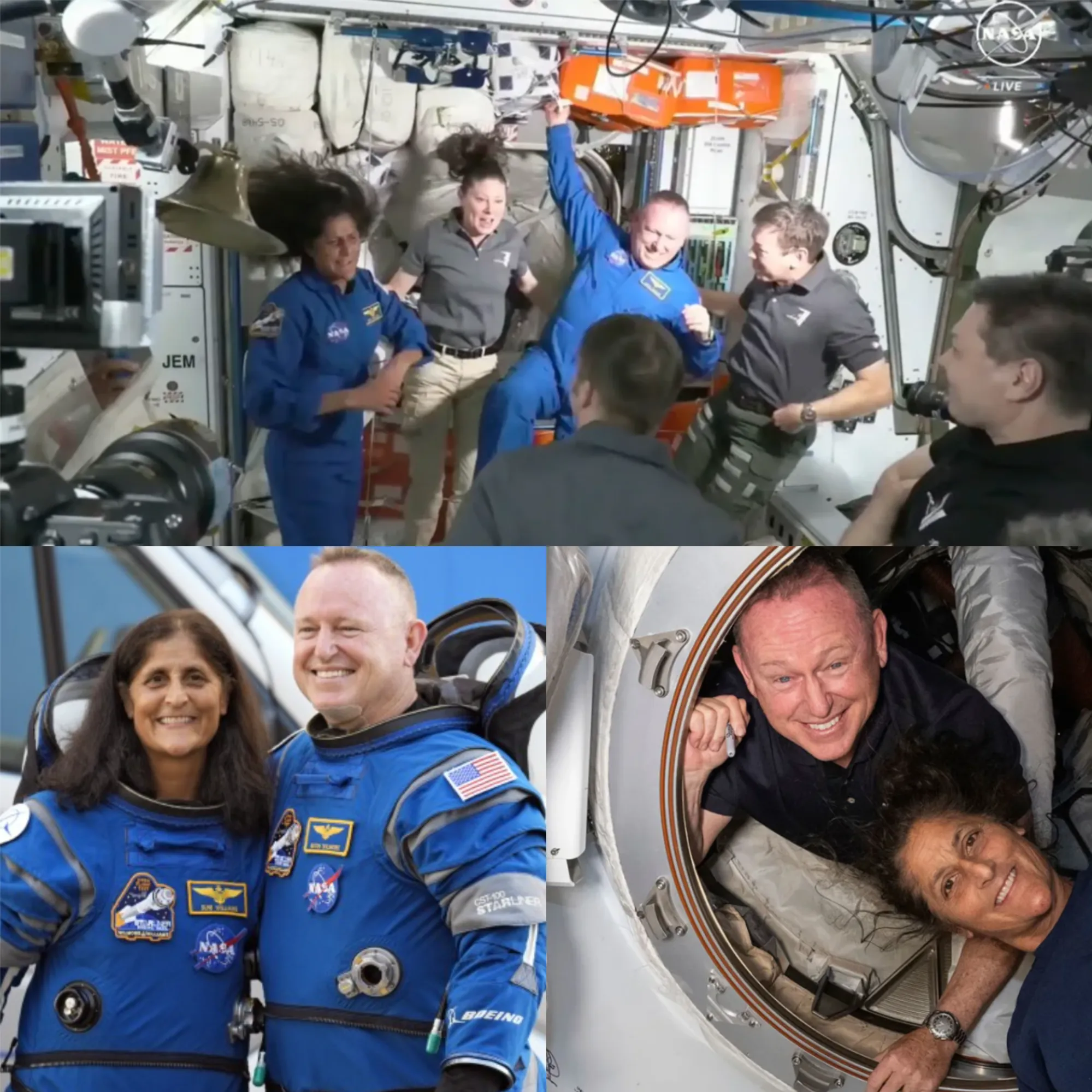
What the Two Boeing Starliner Astronauts Will Do in Space Until 2025: A Detailed Overview
When astronauts Suni Williams and Butch Wilmore embarked on their journey to the International Space Station (ISS) almost three months ago, they anticipated a brief stay, packing only essential items and expecting to return to Earth within a week. However, circumstances have changed, and NASA has now extended their mission through early 2025 due to concerns surrounding their Starliner capsule, prompting the agency to plan their return via SpaceX’s Crew Dragon instead.
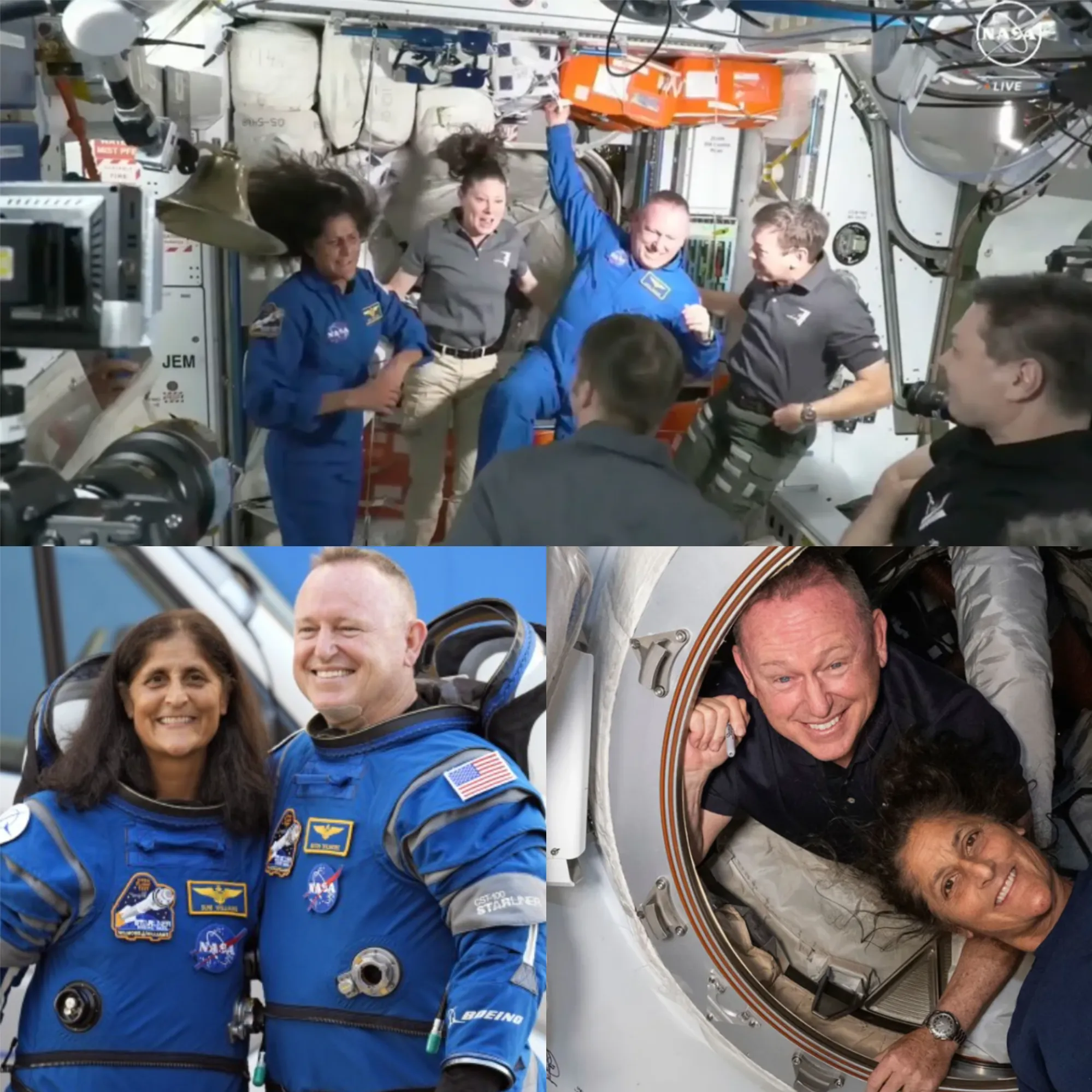
What Lies Ahead for Williams and Wilmore?
Initially, Williams and Wilmore were guests aboard the ISS, not part of the official Expedition 71 crew. However, NASA has integrated them into the team, allowing them to assist with daily tasks on the orbiting laboratory. Now, as their stay extends, these two astronauts are set to transition into full-time expedition members. They will join SpaceX’s Crew-9, which is scheduled for launch on September 24, 2024.
Once part of Crew-9, Williams and Wilmore will take on a range of critical tasks, including conducting spacewalks, maintaining the space station, and performing a variety of scientific experiments. This expanded role will see them deeply involved in the day-to-day operations of the ISS, contributing to both routine maintenance and cutting-edge research.
Adapting to Life in Space
Life on the ISS requires adaptability, and both astronauts have already demonstrated their ability to adjust. Since their arrival, Williams and Wilmore have been actively involved in station upkeep, organizing cargo, and assisting with ongoing scientific experiments. One recent task saw Wilmore configuring a new airlock to facilitate the deployment of satellites and experiments.
In addition to their work, the astronauts have also engaged in lighter activities, such as mimicking Olympic events in microgravity. This not only serves as a morale booster but also helps maintain their physical fitness, which is crucial for long-duration space missions. Williams, who is no stranger to athletic achievements in space, continues to inspire with her dedication to staying active even in the challenging environment of the ISS.
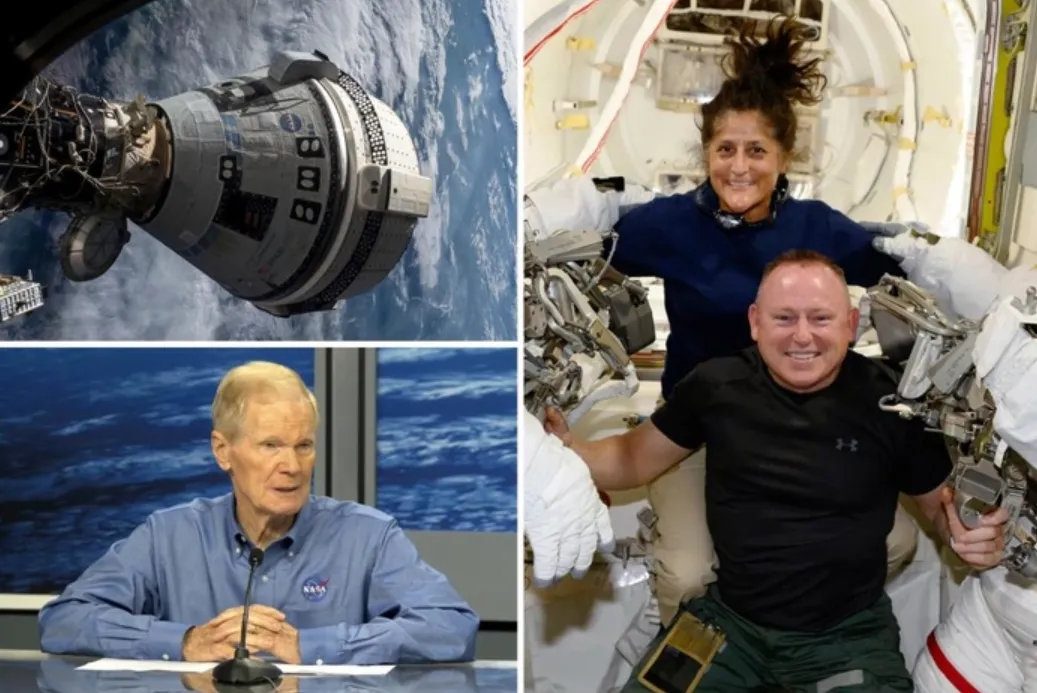
Challenges of an Extended Mission
While their extended stay offers opportunities for additional contributions, it also presents logistical challenges. The astronauts originally left Earth without their personal belongings, making their extended stay more challenging. Fortunately, a recent cargo resupply mission delivered much-needed supplies, including personal items and fresh food, ensuring that Williams and Wilmore can continue their mission comfortably.
NASA’s decision to extend their stay also reflects the importance of maintaining adequate supplies on the ISS. The space station typically has about four months of food and water reserves, and recent resupply missions have helped bolster these stocks. However, the presence of additional crew members means that resources are consumed more quickly, making it essential for NASA to plan their return carefully.
Looking Ahead
As Williams and Wilmore prepare for their extended mission, their experience and adaptability will be crucial in ensuring the success of their endeavors. Their contributions to the ISS during this time will not only support ongoing scientific research but also help pave the way for future long-duration space missions.
In summary, the next few months will see Suni Williams and Butch Wilmore taking on an increasingly vital role aboard the ISS. Their work will encompass a wide range of tasks, from routine maintenance to scientific exploration, all while navigating the unique challenges of life in space. Their dedication and resilience serve as a testament to the spirit of exploration that drives humanity’s quest to understand the universe.
